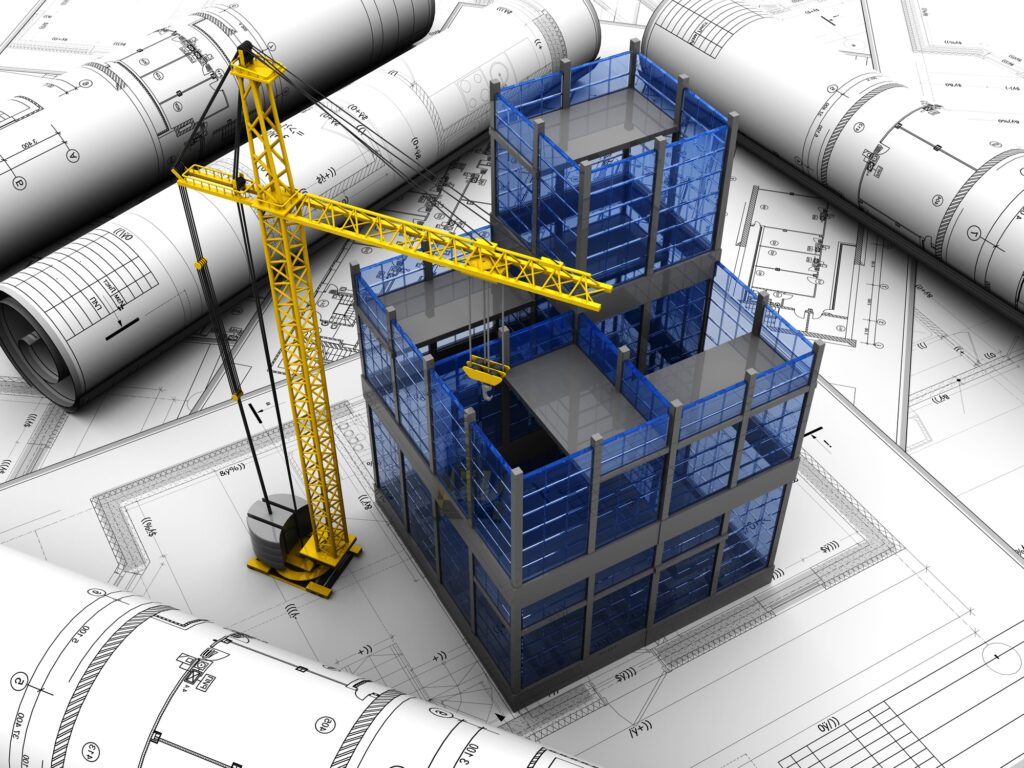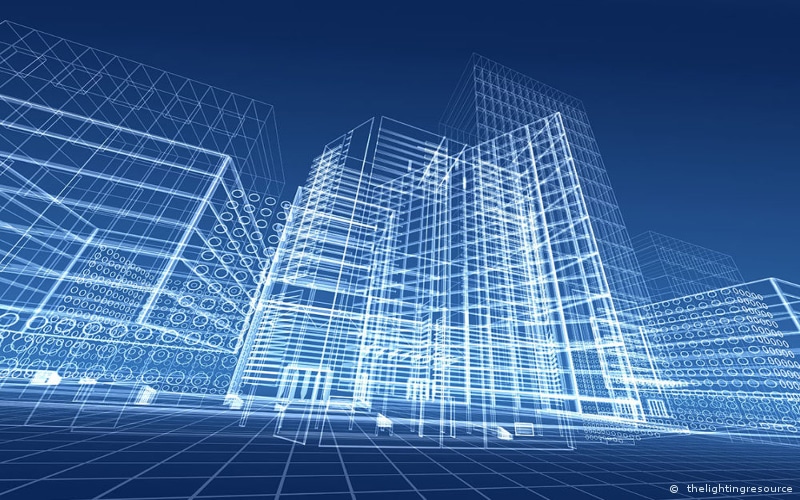Those following our blog surely have to be convinced by now that the use of Building Information Modeling (BIM) in the construction industry has grown significantly in recent years.
For those joining us here for the first time, perhaps it’s good to start with a usable definition of BIM. We believe that BIM is a new way of approaching the design and documentation of construction projects.
- Building: BIM covers the entire life-cycle of the building such as design, build and operations.
- Information: It includes all information about the building and its life-cycle.
- Modeling: BIM defines and stimulates the building, its operation using integrate tools and its delivery.
The BIM model consists of the virtual equivalents of the actual building parts and pieces that are used to build a building. BIM elements have both the physical and logical characteristics of their real counterparts. In other words, BIM elements are the digital prototype of the physical building elements. BIM allows you to build virtually before building physically.
BIM users list several advantages of BIM at the various stages of a construction project such as scheduling, estimation, risk analysis, creating a more collaborative process between all the stakeholders, and even more effective facility management. But even in more specific areas, BIM has much to offer.

A case in point is how it can provide tremendous benefits to the contractors working on MEP (mechanical, electrical, and plumbing) design and construction. Leveraging BIM in MEP modeling improves collaboration, streamlines projects, and reduces risk and waste across the project.
BIM can be used in MEP for 3D modeling, builder’s working drawings, fabrication drawings, shop drawings, collision detection, detailed section reviews, schedules and bill of materials, etc. The benefits extend equally for both mechanical and electrical disciplines.
Why the integration of BIM is a good idea
From our experience, we believe that the complete integration of BIM can prove to be greatly advantageous. If you are still sitting on the fence about BIM adoption in the MEP space, then read on. Here are some of the points that support our contention:
Gain complete control
MEP contractors can use BIM to get a bird’s eye view of various components right from the ceiling elevations, the walls with the electrical wires, the plumbing layout and so on and so forth. All the information is going to be accessible to them on a single platform. This common platform also becomes the single version of truth for all the stakeholders involved in the construction project. This gives them complete control over the project’s scope of work and, helps them save a lot of agony later because they will be able to detect the flaws early on. Ergo, no more unnecessary wastage of resources due to errors.
3D advantage
This may look like the most basic of the benefits of BIM, but the 3D design of the piping and the ductwork can save a lot of time and efforts for the MEP contractors. They will be able to visualize it in a better way, understand how to add in equipment, their clearances or make changes before it is finally implemented in the field.
For instance, they can view the model from every possible angle, including the interface of the processes. This can be used to redesign the model and make improvements on the go.
![]()
Logistical planning and procurement
MEP work is complicated. Several small and large components such as wires and pipes seem to occupy space, planning bandwidth, and financial resources. To avoid the chaos that can ensue, BIM can streamline several activities like procurement planning and material procurement. This helps make sure that the elements that are manufactured offsite, fit perfectly in the respective places. This also helps MEP contractors order and deliver only those materials on site that are required. Estimates can be better, saving money by eliminating over-ordering. Also, this removes the hassles of bulk-storing of materials on or offsite.
Solve challenges
Smaller components can sometimes prove to be a big challenge for MEP contractors. They find it easier to model the large components to their exact measurements as opposed to dealing with the smaller ones. BIM helps the contractors solve the challenge by helping them easily model, design, and ultimately create even the smaller elements with the highest degree of detail.
Avoiding interferences
It is common to hear horror stories when plumbing and the electrical trays are supposed to be provided for in the same place. Clashes of this nature, especially when there are multiple players involved in different facets of the project, are common in construction projects. BIM can be used to detect these clashes during the design phase and nip them in the bud. Clash detection can include but are not limited to – 4D/Workflow Clash, Soft Clearance Clash, Hard Clash, etc. Imagine the amount of time and money this can save by preventing delays.
Sustainable advantages
For MEP contractors who want to go green, BIM equips them with sustainable advantages as well. Since the model forms a common platform for all the stakeholders to collaborate on it becomes easier to use it to take the materials and energy properties into account during the design phase. The inputs of the MEP design can make a crucial impact at this stage. A better-integrated design can help in building more energy efficient buildings.
Quick prototypes
3D printing technology is taking construction by storm, with the first house successfully 3D printed in 2017. With the latest advancements in this technology, MEP contractors can use 3D printing in combination with BIM for achieving an innovative effect. They can come up with rapid prototypes that can be shared with their stakeholders to convey complex ideas.
Make way for innovations with BIM
BIM has the potential of becoming the most powerful ally for MEP contractors. The benefits are many, but in a nutshell, the better planning and collaboration capabilities of this exciting technology help drive more integrated efforts, better resource control, and early detection (and fixing) of problem areas.
About the author: Sonali Dhopte is Bio-Architect and Interior Designer since 1993. She has worked with top architectural firms in the US and India. As Technical Director at Excelize, she oversees and guides the BIM technology team and manages project deliveries as per client requirements. As a leading woman Architect, she is a nationally recognised BIM Expert and has presented and participated in various panel discussions in prestigious conferences and has published various articles on BIM in prestigious journals.





